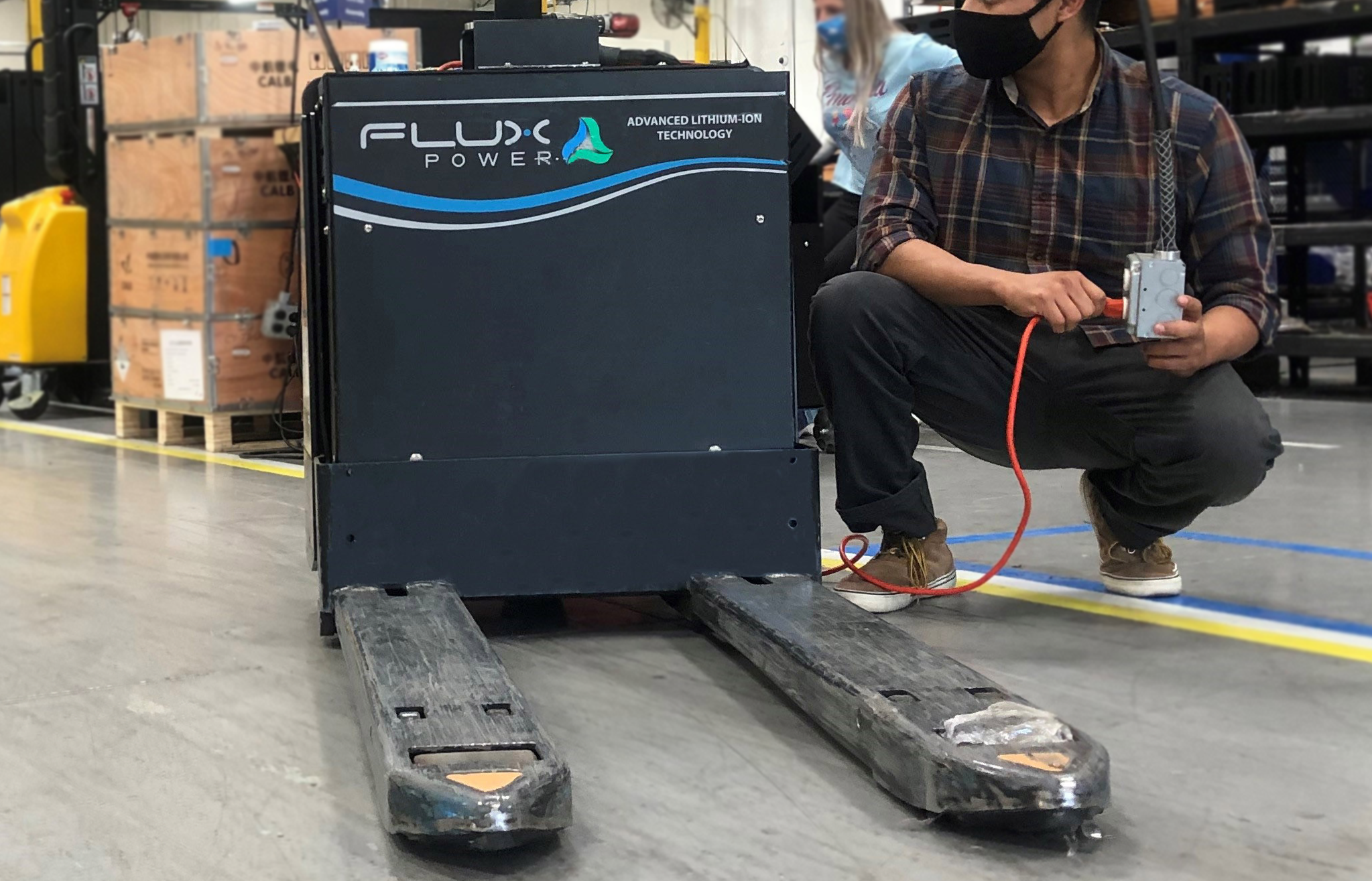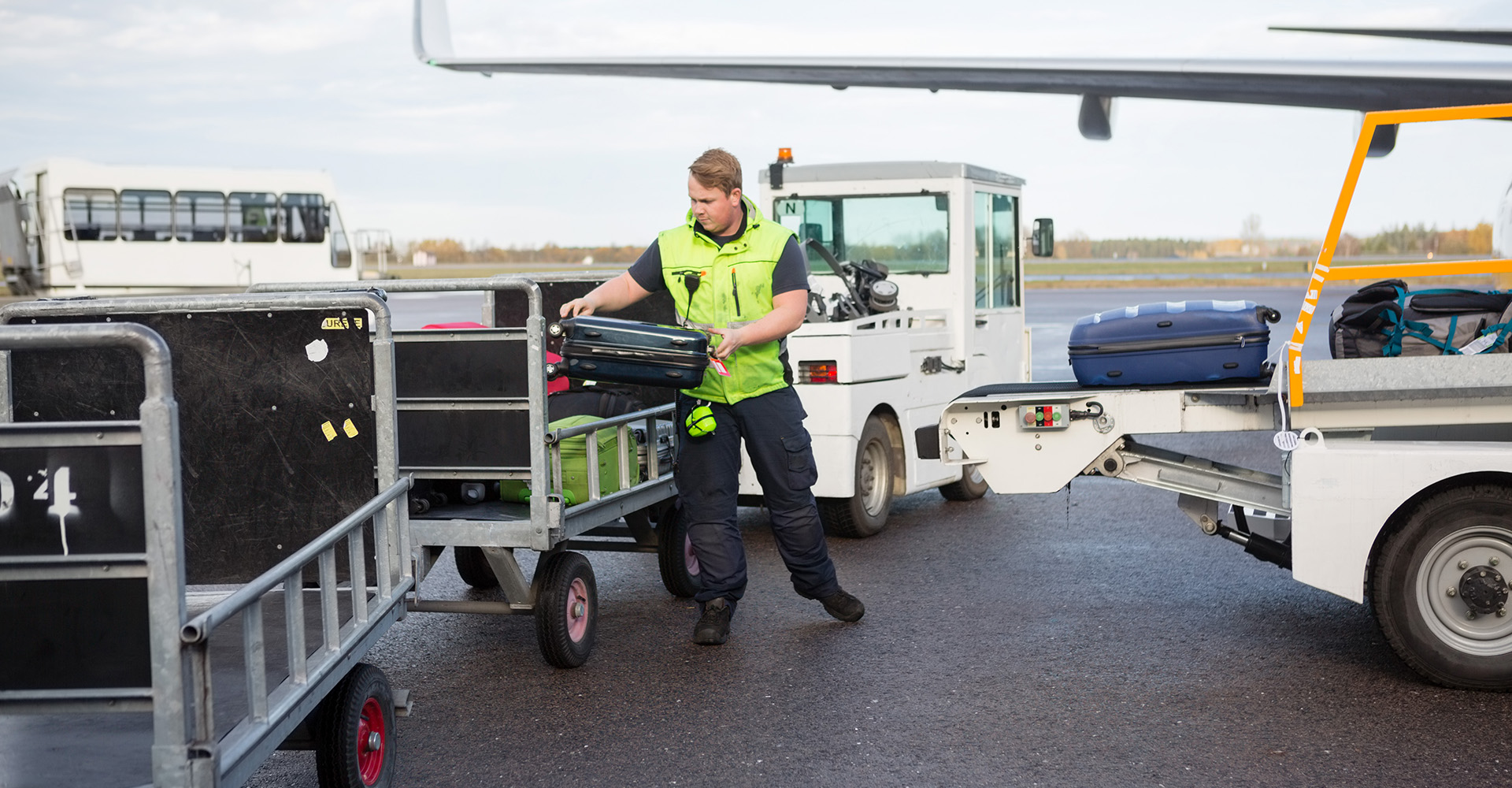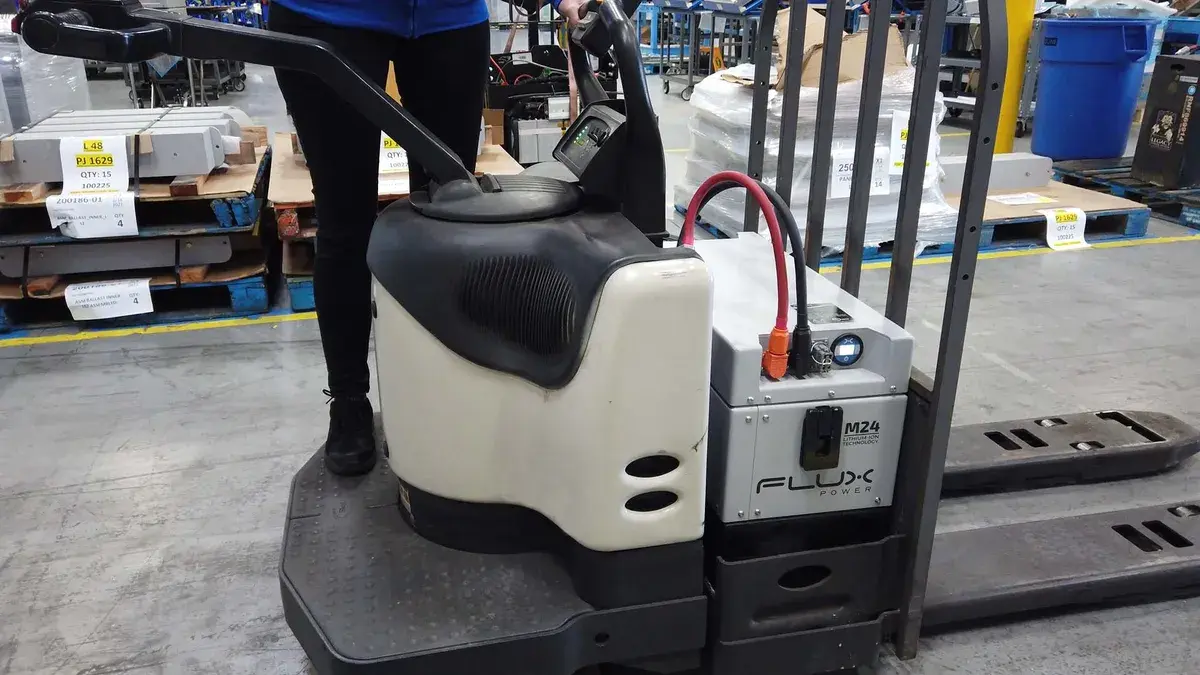Can Flux Power LiFT Packs be opportunity charged?
Yes, Flux Power LiFT Packs can be plugged in at any state of charge with absolutely no negative effects. In fact, opportunity charging can actually increase the lifetime amp-hour output of the battery. The battery pack does need periodic balancing and should be plugged in overnight or over the weekend once per week.
What happens when the pack runs out of charge?
When the battery reaches 15% SOC a beeper will sound notifying the operator that the battery must be charged. Once the battery reaches 2-3% SOC red LED will flash notifying the operator that the battery is about to go dead. We recommend plugging the pack in as soon as the initial buzzer sounds to prolong the life of the battery. If the pack is not plugged in and left sitting in an uncharged state, it is possible the lithium-ion cells will be permanently damaged and no longer function which will void the packs' warranty.
Do I need to disconnect the LiFT Power Pack from the truck to charge it?
Flux Power batteries include drive away protection which does not allow the user to use the truck while charging. The battery does not need to be disconnected from the truck when charging.
If the pack is plugged in for charging, is the truck jack operational?
No, the battery cuts power to the truck when charging. Once the charger is unplugged the power is re-enabled to the truck.
Is it OK to leave the LiFT Pack plugged in?
Yes, the Battery Management System (BMS) monitors charging so the battery will never overcharge. Flux Power recommends leaving the charger plugged in when not in use.
Can you overcharge or over discharge the packs?
Flux Power’s patented Battery Management System (BMS) monitors charging so that the pack cannot be over charged or over discharged. The only risk is if someone fully discharges the battery pack and then does not plug it in. In this case, because of the small parasitic draw from the electronics, it is possible to completely kill the pack. Therefore, we recommend the packs remain plugged in whenever not in use for more than a few days. There is no harm in leaving the packs plugged in, but great harm if they are left discharged for extended periods of time.
Note: Allowing the battery to over discharge due to extended use or storage after the low SOC alarm goes off will results in an “over discharge” condition and the battery will no longer charge. Failure to properly maintain the batter will void the batteries warranty
What type of charger and charging profile is used in the LiFT Pack?
Batteries with on-board charger have a high frequency BMS controlled device. It will charge at constant current until the desired pack voltage is reached. Once the voltage is reached, the charger will hold a constant voltage to finish charging and balancing.
Can a lead acid charger be used to charge the Flux Power battery?
Flux Power LiFT Packs require a higher charging voltage than lead acid batteries. It is recommended to use a Flux Power approved charger to charge the battery. Charging with a non-approved charge will void the battery’s warranty. Contact Flux Power for more information on approved chargers.
Is the charger CEC (California Energy Commission) approved/rated?
Yes. Flux Power approved chargers are CEC compliant.
How much current does the S-Series LiFT Pack on-board charger draw?
It is a 775W charger, so the current draw is dependent on the supplied voltage. If the socket supplies 130V, the charger will draw 6A. If the wall socket supplies 110V, the charger will draw approximately 7A. Standard US electrical outlets supply a range of voltages depending on the distance from the transformer. Note: Applies to S-Series models only.
What type of cord is used for charging?
Batteries with on-board chargers us a regular 120VAC extension cord for charging. Batteries with external chargers typically use 4 AWG welding cable.
At what depth of discharge (DOD) does the battery experience 1 cycle?
There is no point at which a discharge counts as 1 cycle. Each cycle puts wear on the battery proportional to its depth of discharge. If the battery is discharged to 80% every cycle, it will last ~ 2000 cycles. If the battery is cycled at 70% DOD, the battery will last ~3,000 cycles.
This has a nonlinear effect on the total amp-hour throughput of the battery over its lifetime. The smaller the DOD is, the larger the total Ah output of the battery is. Comparing the lifetime output of two 100 Ah batteries at 80% and 70% DOD, the total Ah output can be idealized by the following:
100Ah*0.8DOD*2000=160,000Ah total output.
100Ah*0.7DOD*3000=210,000Ah total output.
In reality, the total lifetime output numbers will be closer together, as factors such as battery aging are not being considered, however the 70% DOD battery will still output more Ah over its lifetime. This is the main reason why opportunity charging is a perfect fit for LiFT Packs.











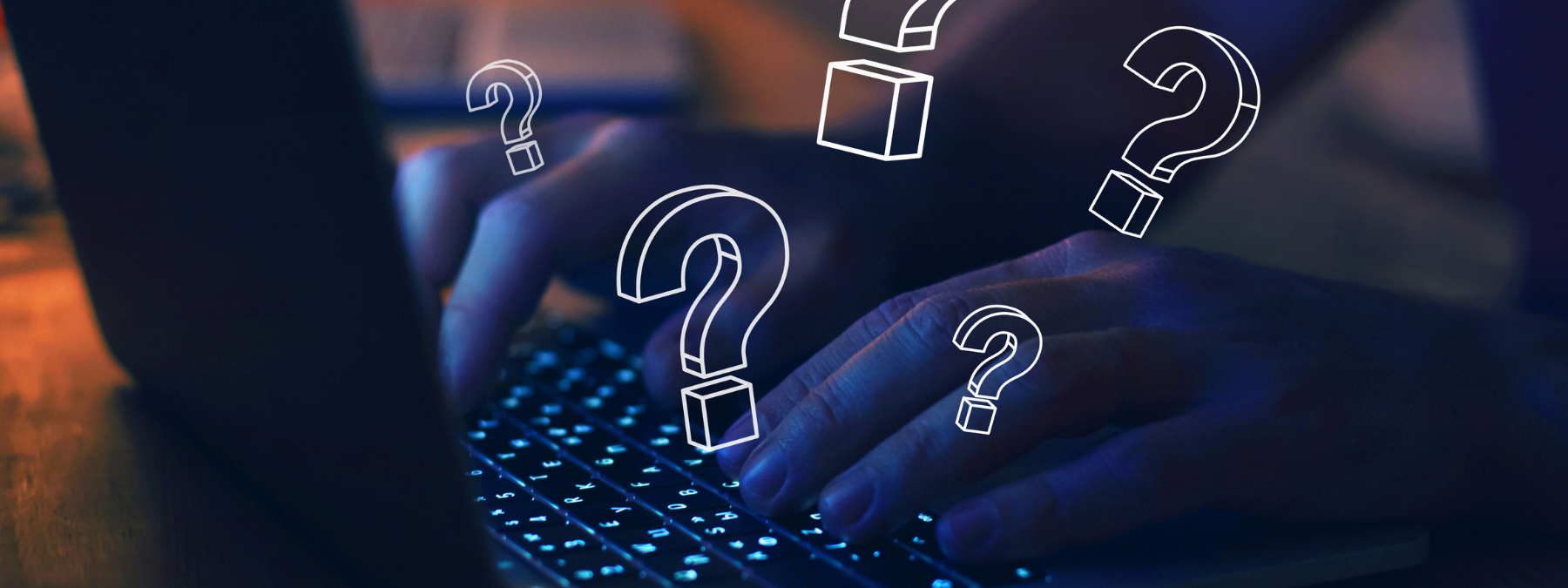



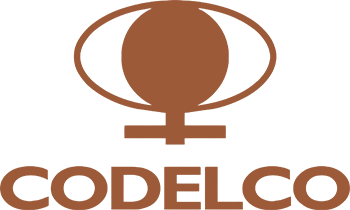


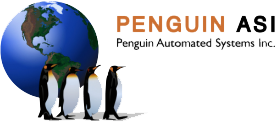
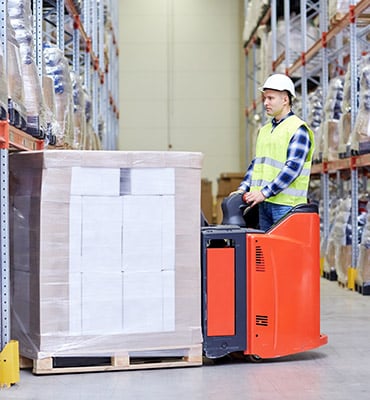
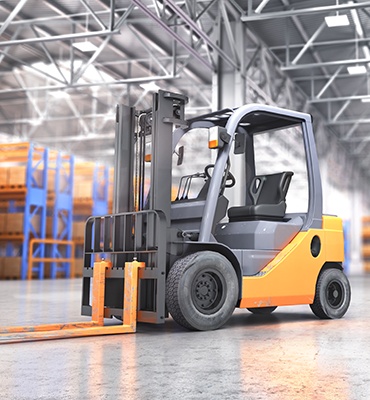




%20(1).png)

